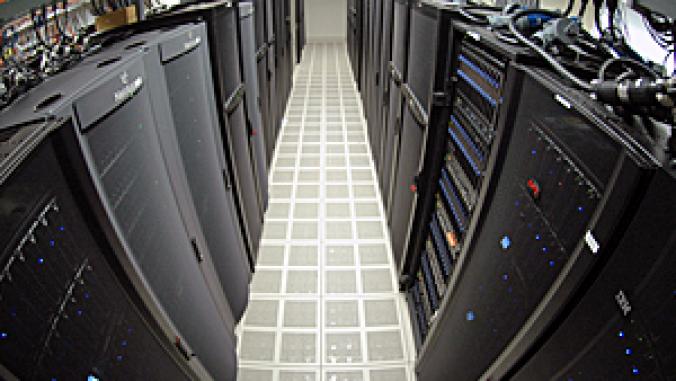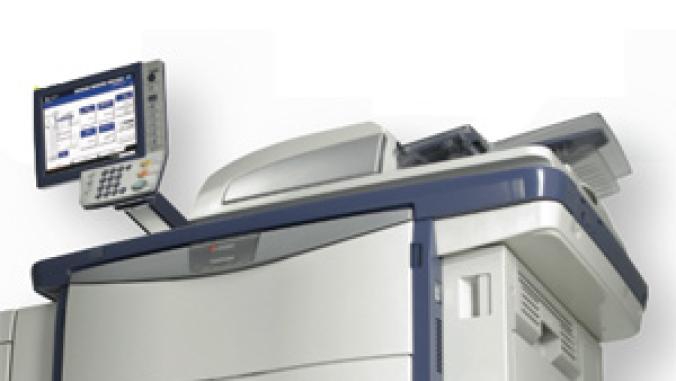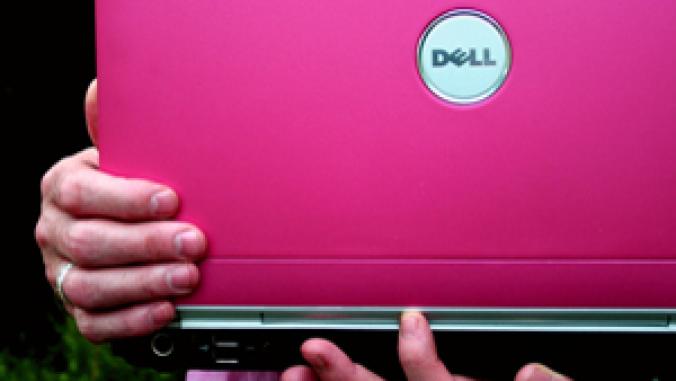Purdue Blazes Trail Toward Cooler Chips
Two research projects at Purdue University hold the promise of significantly cooling the next generation of high-performance chips, laptops and personal computers.

Two research projects at Purdue University hold the promise of significantly cooling the next generation of high-performance chips, laptops and personal computers.
In one project funded by the U.S. Office of Naval Research, a Purdue university professor and two doctoral students created a way to cool chips that generate more than 1,000 watts of heat per square centimeter. A series of microjets eliminates five times more heat than other methods by distributing a coolant in miniscule channels over the top of the chip. The technology could some day find use in lasers, radar and propulsion systems, according to Purdue.
Professor Issam Mudawar, who is leading the research, said that progress in the IT industries is now being defined by how well companies cool chips, according to the university's news service. Since cooling had stalled at about 200 watts per square centimeter, the technology opens the door for significant gains in performance. Mudawar developed the technology with engineering doctoral students Jaeson Lee and Myung Sung.
In another development, university researchers ditched conventional computer cooling design in favor of one that resembles a petite refrigeration system. Rather than a fan, the team is exploring ways to design miniature compressors and evaporators similar to those used in conventional refrigeration systems for use in laptops and personal computers.
Prof.'s Suresh Garimella and Eckhard Groll are leading the refrigeration system research, which was funded by the Purdue-based National Science Foundation Cooling Technologies Research Center.
In one project funded by the U.S. Office of Naval Research, a Purdue university professor and two doctoral students created a way to cool chips that generate more than 1,000 watts of heat per square centimeter. A series of microjets eliminates five times more heat than other methods by distributing a coolant in miniscule channels over the top of the chip. The technology could some day find use in lasers, radar and propulsion systems, according to Purdue.
Professor Issam Mudawar, who is leading the research, said that progress in the IT industries is now being defined by how well companies cool chips, according to the university's news service. Since cooling had stalled at about 200 watts per square centimeter, the technology opens the door for significant gains in performance. Mudawar developed the technology with engineering doctoral students Jaeson Lee and Myung Sung.
In another development, university researchers ditched conventional computer cooling design in favor of one that resembles a petite refrigeration system. Rather than a fan, the team is exploring ways to design miniature compressors and evaporators similar to those used in conventional refrigeration systems for use in laptops and personal computers.
Prof.'s Suresh Garimella and Eckhard Groll are leading the refrigeration system research, which was funded by the Purdue-based National Science Foundation Cooling Technologies Research Center.




